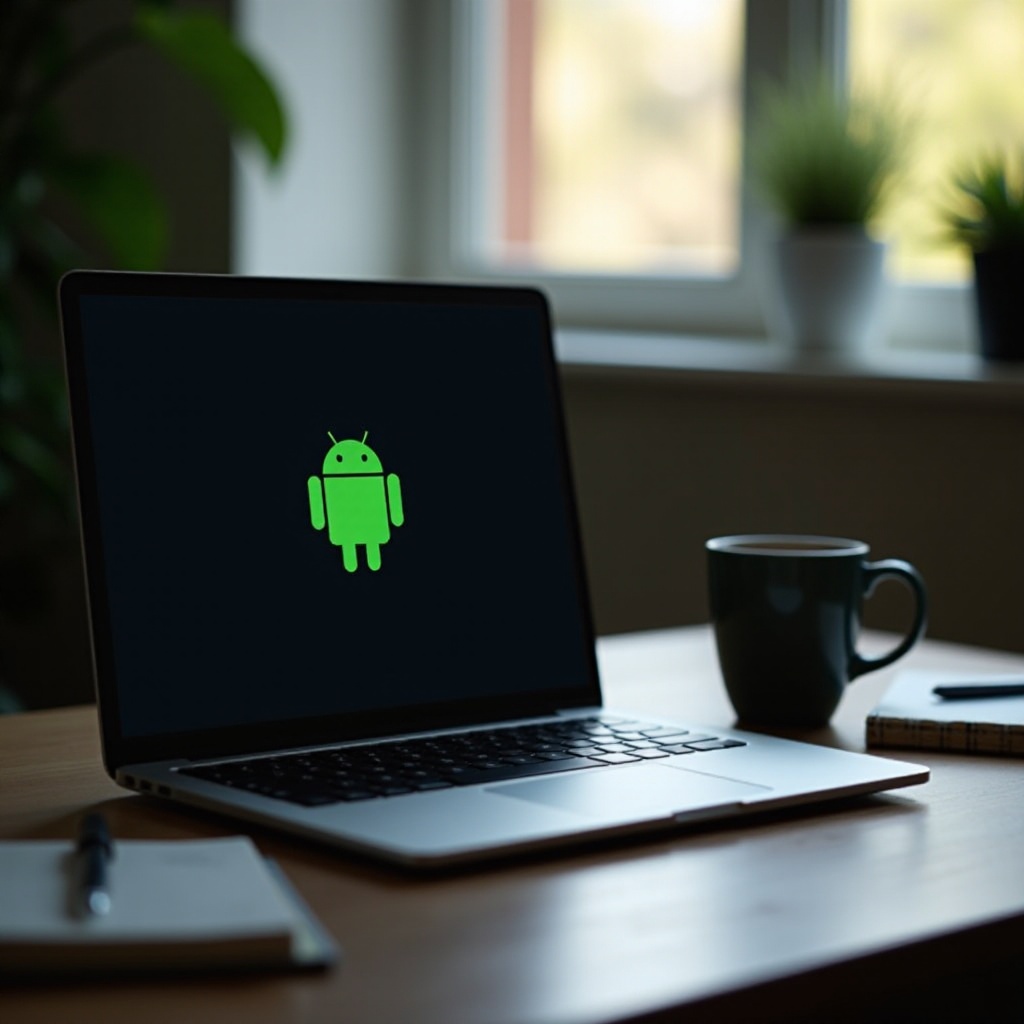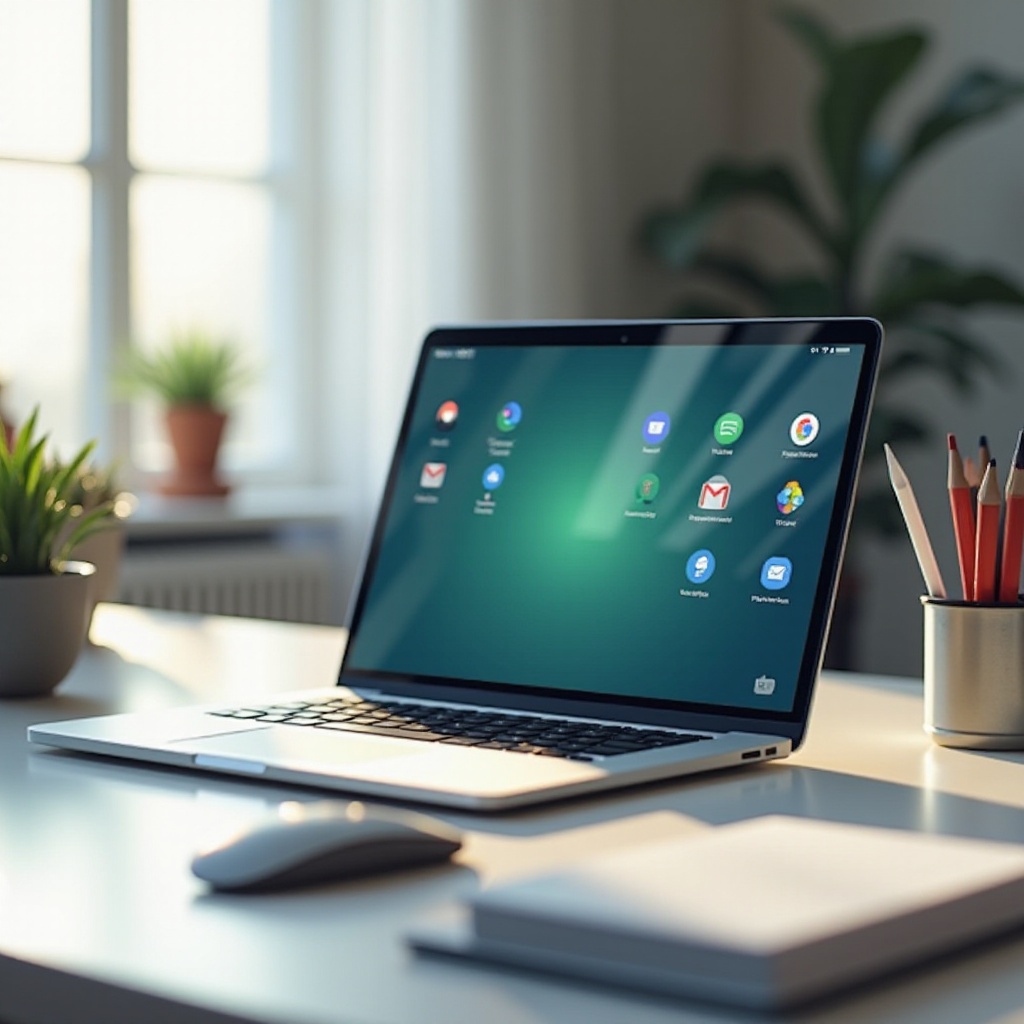Introduction
The release of the latest Android operating system has tech enthusiasts buzzing with excitement. Traditionally known for smartphones and tablets, there’s growing curiosity about running this robust OS on older laptops. This article examines whether the new Android OS can breathe new life into old laptops, exploring hardware requirements, compatibility challenges, and practical solutions.

What’s New in the Latest Android OS
The latest Android OS introduces features aimed at improving user experience and device performance. With enhanced security updates, privacy controls, and a more intuitive user interface, Android continues to evolve. Notably, newer versions offer better battery management, faster app loading times, and advanced AI-based functionalities.
The OS also features a minimalist design, emphasizing cleaner, more fluid interactions. Enhanced integration with smart home devices and better multitasking capabilities make it even more appealing. As Android expands its horizons, users increasingly want to explore its potential on hardware beyond smartphones.

Assessing Compatibility with Old Laptops
To determine if the new Android OS can run on older laptops, we need to examine its hardware requirements and compare them to the typical specs of old laptops.
Hardware Requirements for the New Android OS
To operate the latest Android OS efficiently, the following hardware is typically required:
– A minimum of 2GB of RAM.
– At least 16GB of internal storage.
– A quad-core processor.
– A modern graphics card capable of rendering the new interface smoothly.
These specifications are essential for ensuring a seamless user experience.
Comparing Old Laptop Specifications with New OS Requirements
Older laptops generally have varied and often outdated specifications:
– Many models may have just 1GB of RAM.
– Storage capacities might be limited to 256GB or less, typically on HDDs rather than faster SSDs.
– Processors may be dual-core with lower clock speeds.
– Graphics technology may not support newer graphics requirements.
These discrepancies indicate significant challenges in running the latest Android OS on older hardware. However, solutions exist to overcome these obstacles.
Common Challenges with Old Laptops
Running the latest Android OS on older laptops presents several hurdles, primarily related to hardware limitations and driver compatibility.
Potential Hardware Limitations
Older laptops may struggle with the new OS’s resource demands due to:
– Limited RAM and slower storage affecting performance.
– Older processors not meeting the computational needs.
– Graphics cards unable to support new design elements and animations.
These limitations can hinder the OS’s performance, reducing the overall user experience.
Driver and Software Compatibility Issues
Drivers are essential for hardware components to communicate with the OS. Old laptops may face:
– Incompatibility with drivers required by the new Android OS.
– Difficulty finding updated drivers for older components, leading to malfunction issues.
– Software dependencies that do not align with old hardware configurations.
These issues can further complicate the process of installing and running the new OS.
Workarounds and Solutions for Running Android OS
Despite these challenges, several solutions could enable older laptops to run the new Android OS. Key methods include utilizing virtualization tools and installing custom ROMs.
Using Virtualization Tools
Virtualization allows running multiple operating systems on a single device. Key steps include:
1. Install a virtualization tool like VirtualBox or VMware.
2. Create a new virtual machine within the tool, allocating sufficient resources.
3. Download the Android-x86 ISO file.
4. Mount the ISO file in the virtual machine and proceed with installation.
This method allows testing the new Android OS without modifying the existing system. However, performance may be limited due to resource sharing between the host system and the virtual machine.
Installing Custom ROMs
For a more permanent solution, users can install custom ROMs, which adapt the Android OS for older hardware. Steps involve:
1. Unlocking the laptop’s BIOS settings.
2. Preparing a bootable USB with the Android ISO file.
3. Booting from the USB and following the installation process.
4. Configuring drivers and optimizing settings for the best performance.
Custom ROMs often come with community support, providing necessary tweaks and drivers to enhance compatibility.

Conclusion
Whether the new Android OS can work on old laptops is a nuanced question. While there are significant hurdles, creative solutions like virtualization and custom ROMs offer promising possibilities. Enthusiasts willing to experiment might find ways to extend the life of their aging hardware with the latest Android OS.
Frequently Asked Questions
Can all old laptops run the new Android OS?
Not all old laptops can run the new Android OS due to hardware limitations and compatibility issues. However, using virtualization tools or custom ROMs may help overcome some of these challenges.
Is it safe to install the new Android OS on an old laptop?
While generally safe, caution is advised. Virtualization poses minimal risk, whereas direct installation can lead to potential software conflicts and performance issues. Backing up data is essential before proceeding.
What are the main benefits of running Android OS on an old laptop?
Running Android OS on an old laptop can provide a lighter, faster operating system compared to older versions of Windows. It can extend the usability of the laptop by supporting modern apps and features, giving it a new lease on life.
